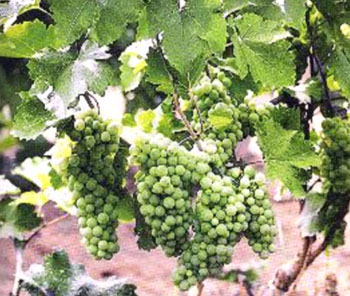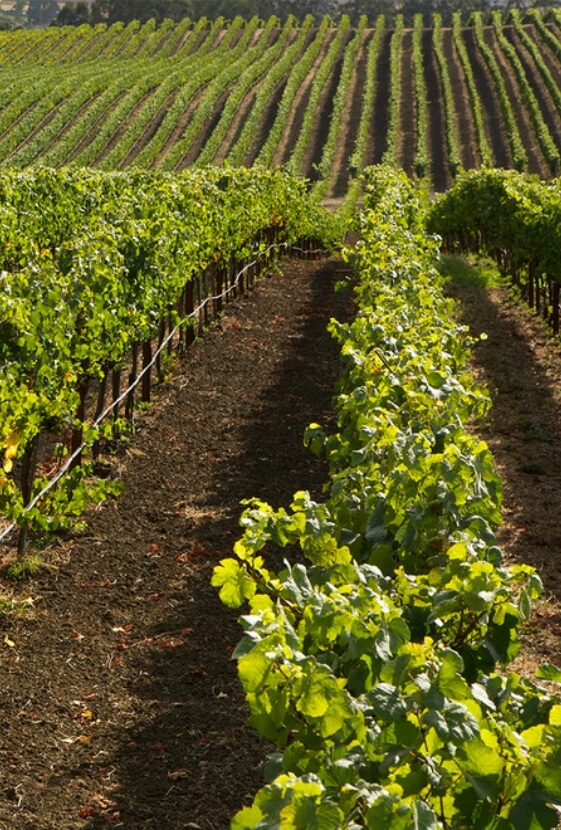
Grape Glossary
Soil profile strongly imprints Chenin Blanc: Clay soils yield rich, textured wines, whereas chalk and limestone produce vibrant, crisply acidic ones. The Loire Valley’s cool climate and varied soils produce the finest examples of Chenin Blanc, ranging from steely dry and austere to sweet and full bodied. It can be vinified still or sparkling. The vine can also host Botrytis cinerea, or noble rot, the fungus responsible for Sauternes. Botrytized Chenin Blanc from great vintages is lush, with pronounced acidity, and can last for decades.
Vigorous and prolific, Chenin Blanc is a late ripening variety. With high natural acidity, it can be a sharp wine if not fully mature.
Native to the Loire Valley, where it has been grown at least since 845, Chenin Blanc has been recognized since 1445. In 1652, the vine migrated to South Africa, where it is called Steen. Today, South Africa has nearly triple the Loire Valley’s acreage of Chenin, by far the world’s most extensive plantings.

